September 4, 2020
Our Guide to Spending a Week in Cannes, France
French Riviera
France
Our Guide to Spending a Week in Cannes, France
French Riviera
France
September 4, 2020

The town of Cannes is situated on the coast near Antibes and Nice. This seaside city was once a humble fishing village and is now considered to be one of the most prestigious resort towns in the world. Cannes hosts the annual Cannes Film Festival, one of the most renowned film festivals around the globe. This glamorous town boasts palatial hotels, fine dining restaurants, luxury boutiques, and lively casinos. In addition, Cannes offers long stretches of beautiful sandy beaches, crystal clear water, two fantastic ports, and two islands, the famous Iles de Lérins. Cannes has a large community of locals and is the second largest congress center in France, after Paris, which means the city is full of life year-round. Moreover, this city strikes the perfect balance between Riviera glamour and quiet Provençal charm.



Photo Source: A.M.A Selections

Photo Source: A.M.A Selections

Photo Source: A.M.A Selections
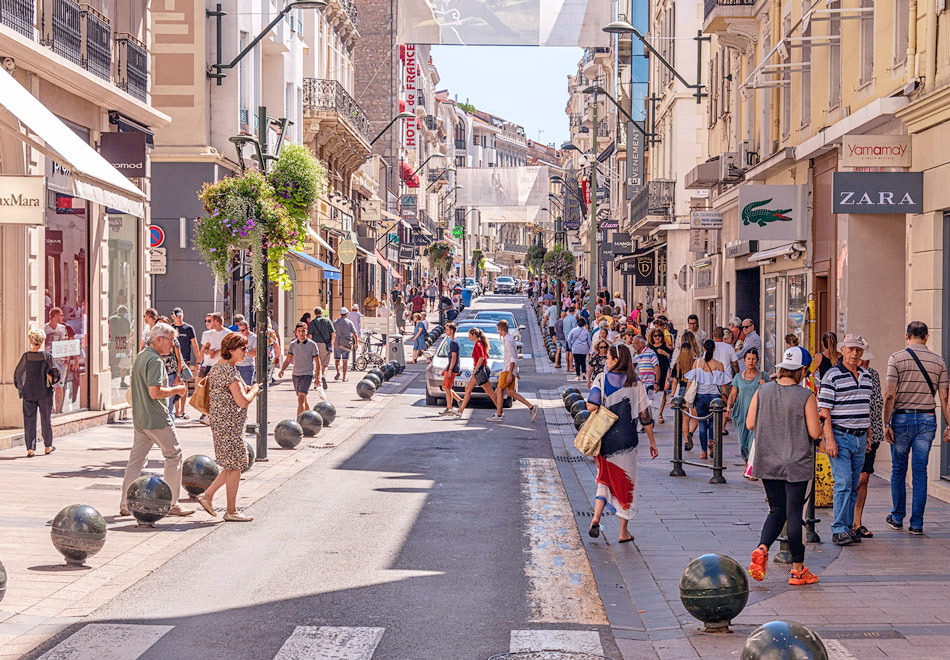
Le Suquet, the oldest part of Cannes along with the old port, opens a window into Cannes’ past. Le Suquet is the medieval neighborhood of the city that, today, is lined with artisanal shops, cafés, bars and restaurants. The old town is made up of winding cobblestone streets and at the top of the hill there is a beautiful gothic church and an ancient castle with an incredible picturesque view of the city and the sea. There is also a fantastic open air market near the old town, Marché Forville, that offers a large variety of local produce and fresh flowers. The market is open every morning except on Mondays, where it turns into a flea market.
Cannes is rich in history and dates back to the 2nd century BC. In the 10th century, the town was known as Canua. Canua was probably the site of a small Ligurian port, and later a Roman outpost on the hill of Le Suquet, suggested by Roman tombs discovered there. Most of the ancient activity, especially regarding protection, was on the Lérins Islands and the history of Cannes is closely tied to the history of the islands. The monks who controlled the city, fortified it with the construction of a castle in 1035. Around 1530, Cannes detached from the monks who had controlled the city for hundreds of years and became independent. During the 18th century, both the Spanish and British tried to gain control of the Lérins Islands but were chased away by the French. At the end of the 19th century, several railways were completed, which prompted the arrival of streetcars. In Cannes, projects such as the Boulevard Carnot and the rue d’Antibes were carried out. In the 20th century new luxury hotels were being built such as the Carlton, Majestic and Martinez to fulfill the increase in wealthy tourism. Shortly before World War II, the city council had the idea of starting an international film festival. Due to the war, the film festival was postponed. The first Cannes Film Festival opened on September 20, 1946.
Did you know?
Ile Sainte-Marguerite, the largest of the two islands of Cannes, has a royal fort that was a state prison from the early 17th century to the 20th century. The royal fort was home to a number of famous prisoners including the Man in the Iron Mask who was held captive there from 1687 to 1698.




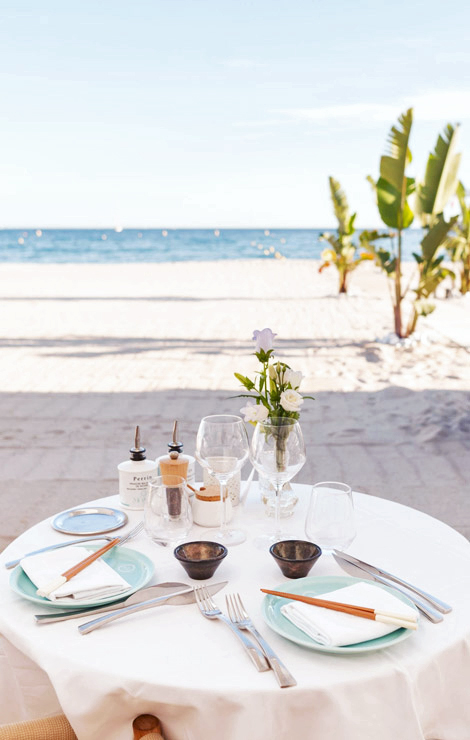
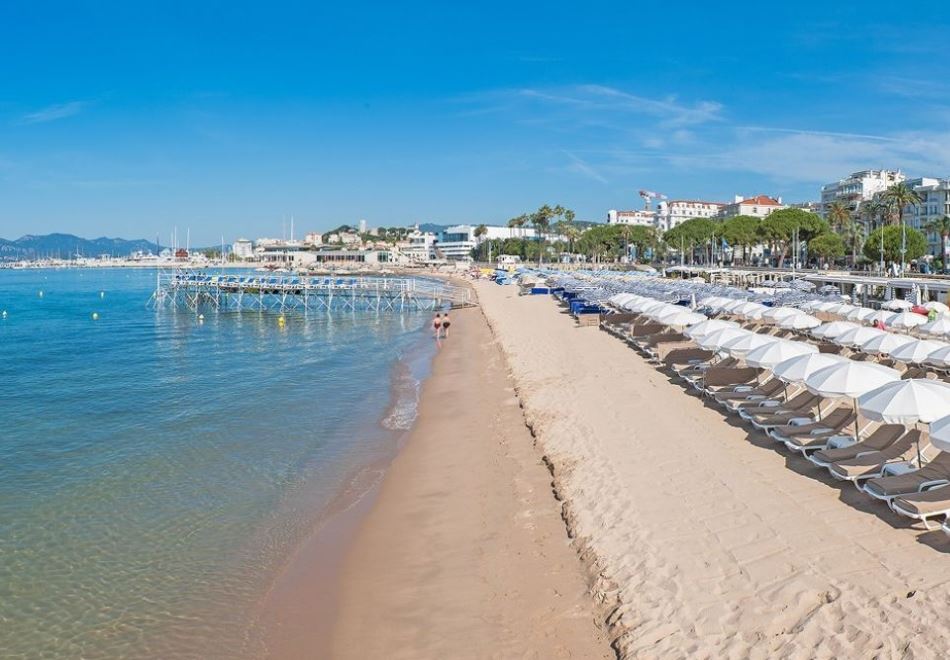
A Week in Cannes – Our Recommendations
The following is our guide for a one-week stay in Cannes. This is a proposed itinerary for our guests but we can tailor your holiday according to your preferences.
Day 1 – Saturday:
Arrival at 4pm
Dinner by private chef in the gardens of your villa
Day 2 – Sunday:
Continental breakfast prepared by chef
Spend a relaxing afternoon on the sandy beaches of La Plage du Martinez in Cannes
Dinner at La Môme in Cannes
La Mome is situated in the heart of Cannes center and offers a trendy atmosphere with friendly service and great dishes.
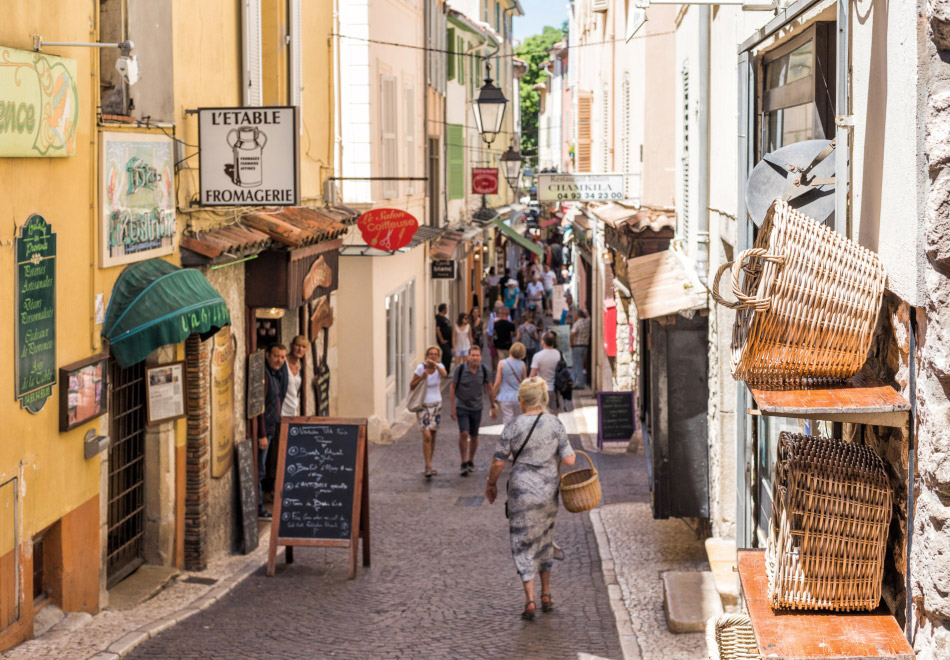
Day 3 – Monday:
Visit the port and the charming cobblestone streets of Vieil Antibes (20 minutes away)
Enjoy a fresh plate of fritto misto on the dock at Royal Plage
Spend the afternoon on the sandy beaches of Plage Garoupe
Feeling more active? Enjoy a beautiful trail along the sea that starts from Plage Garoupe and goes along the peninsula of Cap d’Antibes.
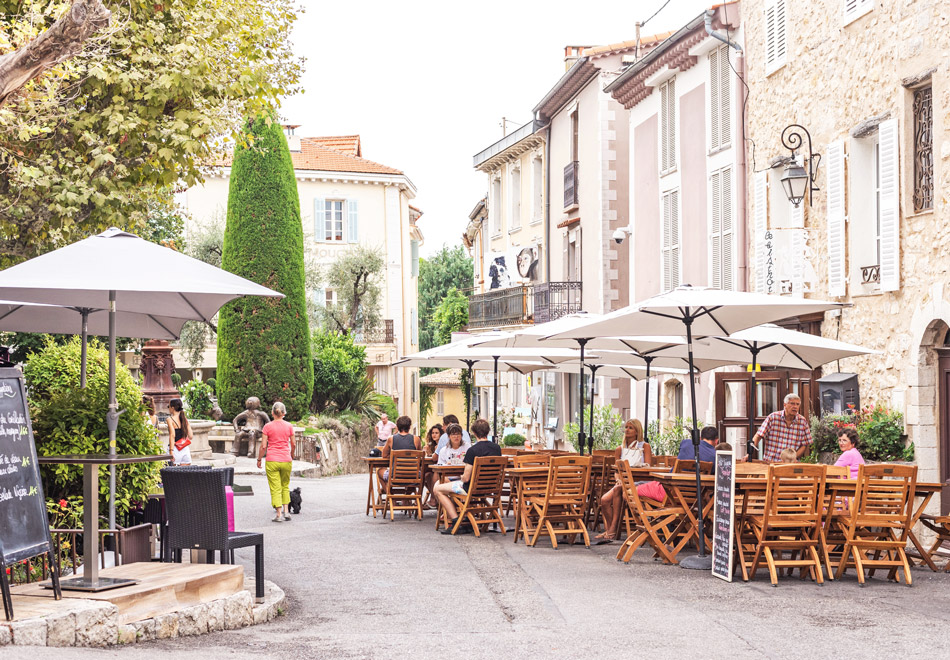
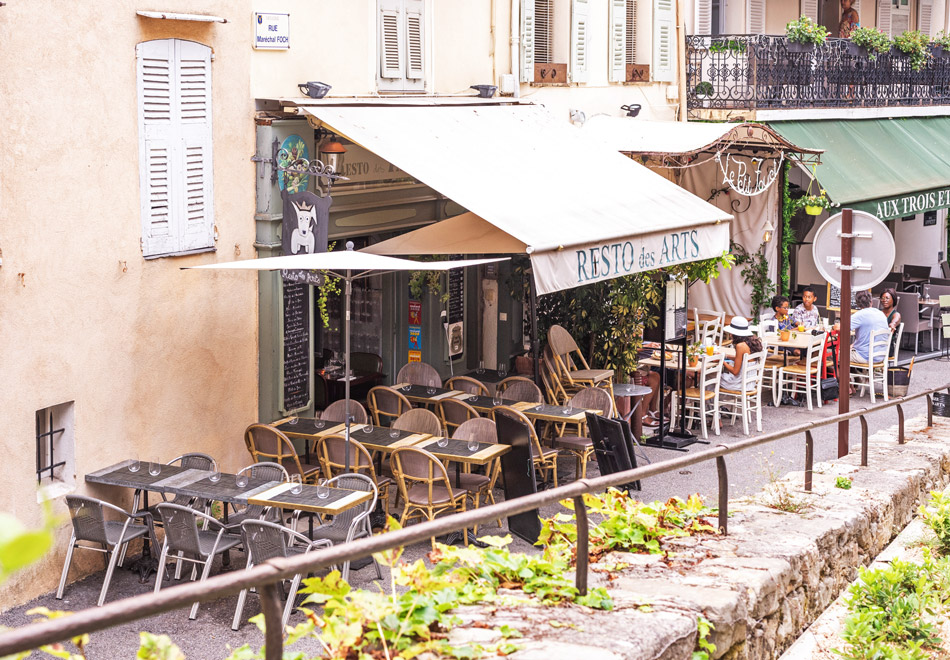
Day 4 – Tuesday:
Continental breakfast prepared by chef
Lunch at Le Petit Fouet in Mougins (10 minutes away)
Le Petit Fouet is a favorite among the locals offering a charming atmosphere and delicious classic French dishes in the heart of Mougins village.
Tour the shops and galleries in Mougins village
Dinner at Les Pêcheurs in Cap d’Antibes (20 minutes away)
A waterfront Michelin starred restaurant offering incredible panoramic views and Mediterranean cuisine.
Day 5 – Wednesday:
Drive along the scenic coastal road to Théoule-sur-Mer (30 minutes away)
Have lunch at Marco Polo and enjoy a relaxing afternoon at the beach
Dinner at the oldest restaurant in Cannes, Da Bouttau
Located on a charming pedestrian street in the old town of Cannes, this restaurant offers friendly service and exceptional French cuisine.
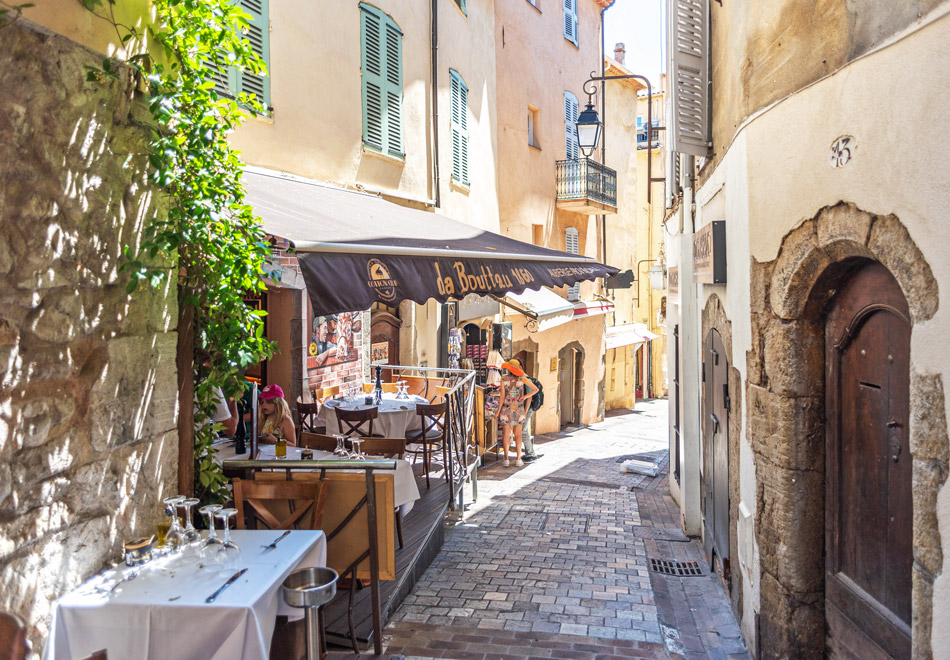
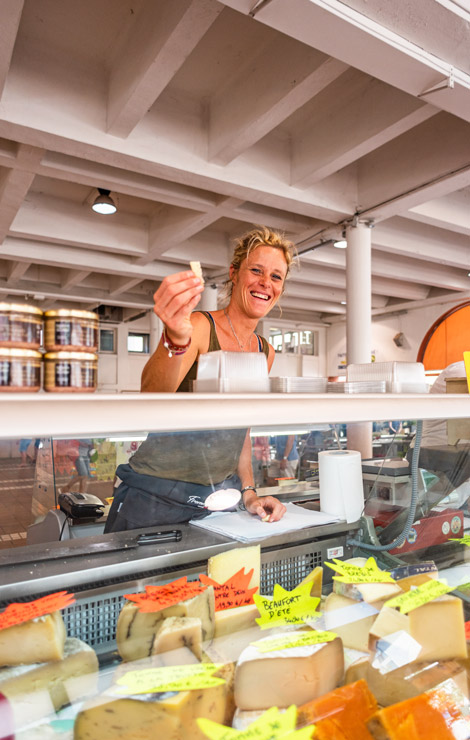
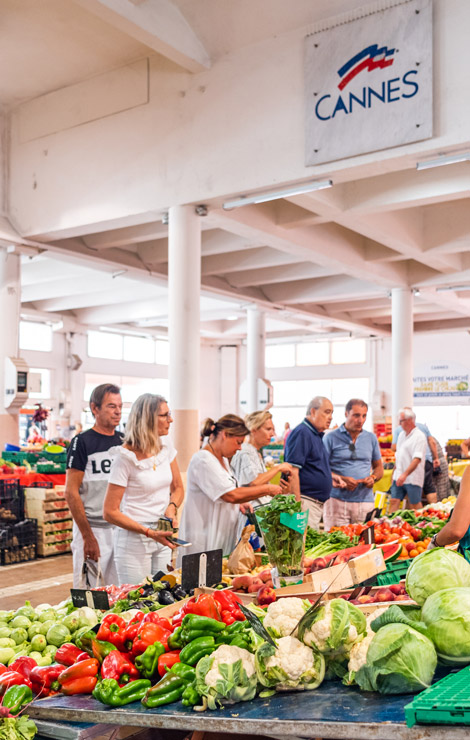
Day 6 – Thursday:
Continental breakfast prepared by chef
Book a private market tour with a private chef in Cannes followed by a demonstration cooking class and lunch at your villa.
Day 7 – Friday:
Charter a boat to St. Tropez where you can enjoy lunch at the famous Club 55 (1 hour and 30 minute boat ride)
Spend the afternoon lounging at the private beach of Club 55 before taking the boat back to Cannes
Want to explore the village of St. Tropez? Have the boat drop you off after lunch and tour the wonderful shops on the small cobblestone streets.
Enjoy a dinner al fresco in the privacy of your villa prepared by a private chef
Day 8 – Saturday:
Departure
To rent a luxury holiday villa in Cannes click here.
Photos by Zoya Stafienko for A.M.A Selections. All images © A.M.A Selections unless otherwise specified.
OUR PROPERTIES
Browse the most exclusive holiday homes nearby
Discover a definitive collection of the region’s most exclusive holiday homes. Upon booking, our in-house concierge team will assist you in tailoring your stay to create an unforgettable holiday.
Create An Account
Get insider travel inspiration straight to your inbox.
Create an account with us and stay up-to-date with our exceptional properties, the hottest restaurants and calendar worthy events. Get inspired for your travels to Europe’s most fashionable destinations.
Want to
get in touch?
We are just a call or message away.
Discover More
About
Magazine
© 2025 A.M.A Selections. All rights reserved
© 2025 A.M.A Selections. All rights reserved